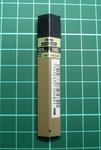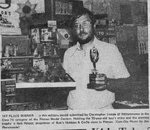Airframes
Benevolens Magister
Just reduce it from 72 pints to 60 pints for a week, and you've got yourself a printer! Just think of all the profiles etc you could print, not to mention making your own decals of course......Ooops, I mentioned it.........


